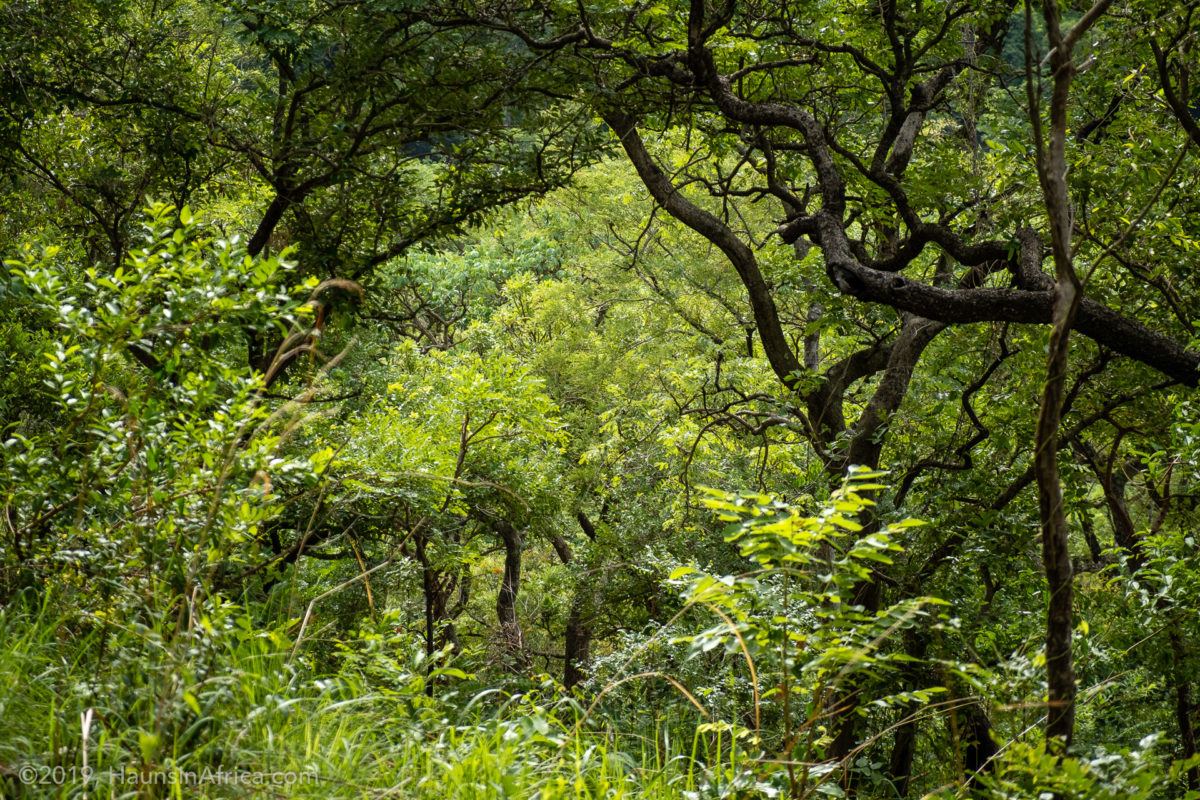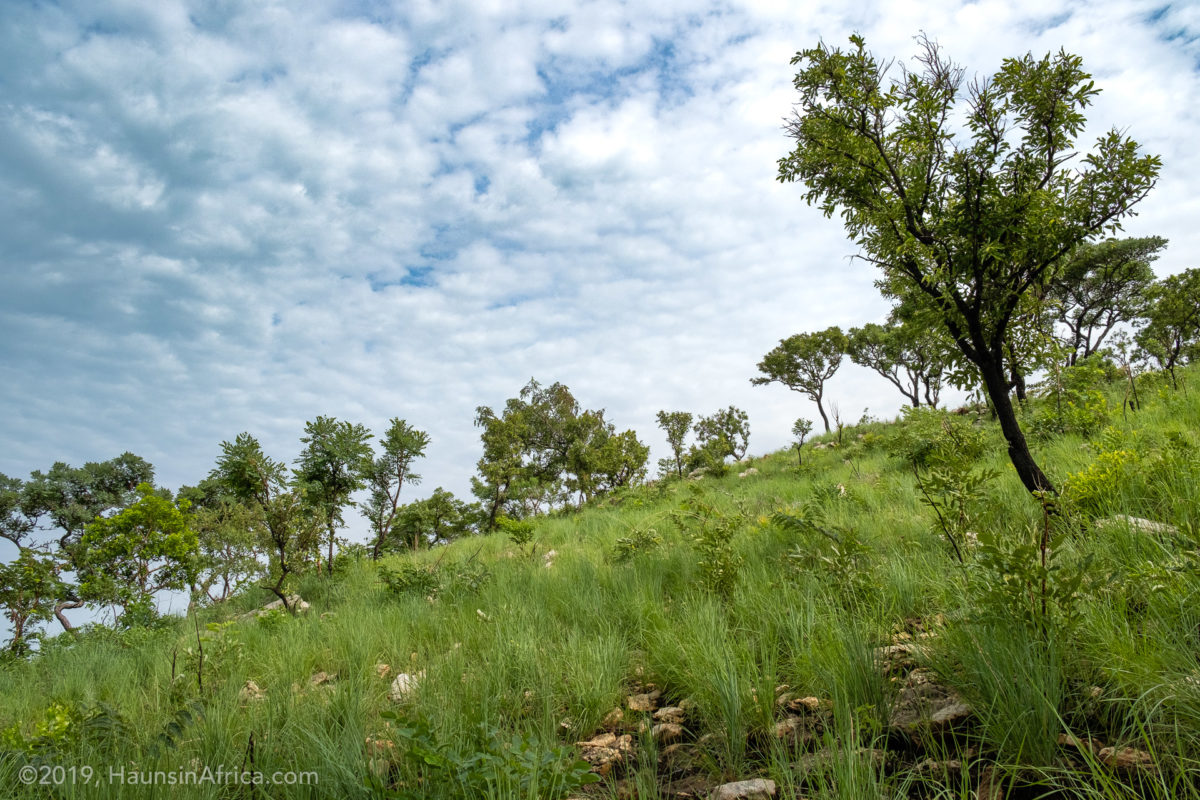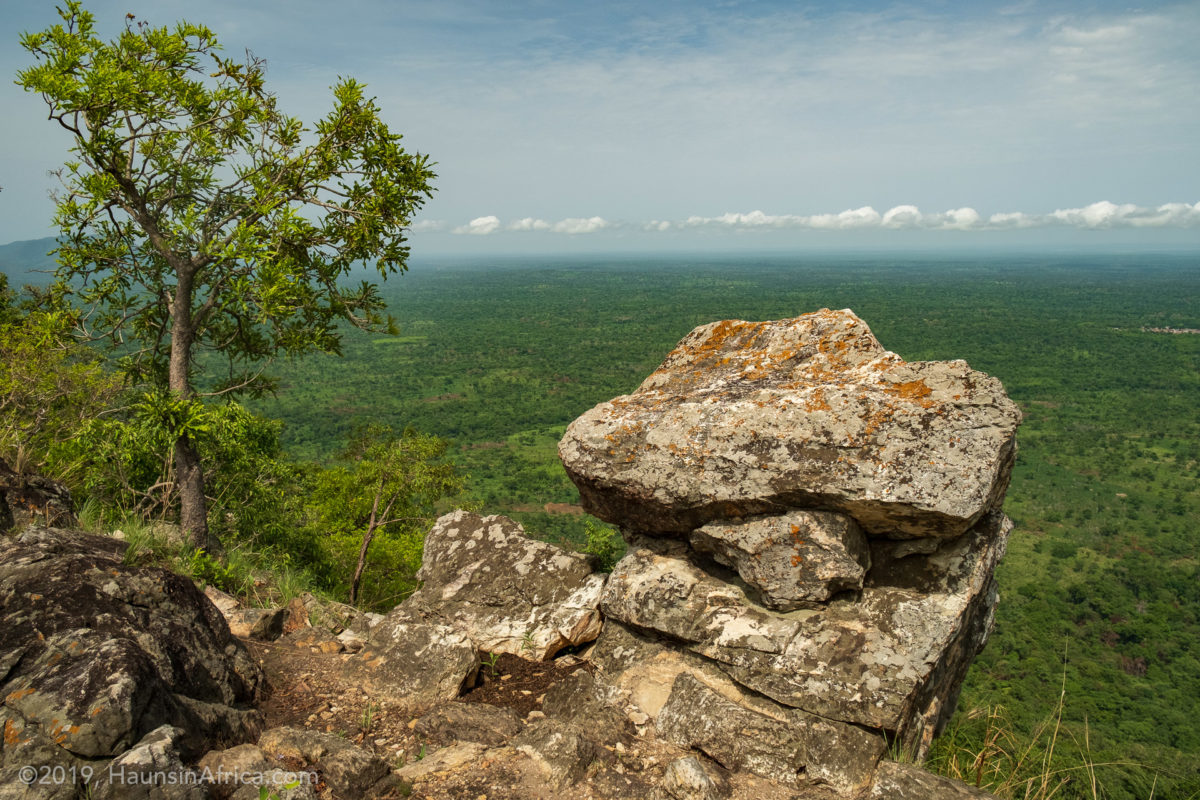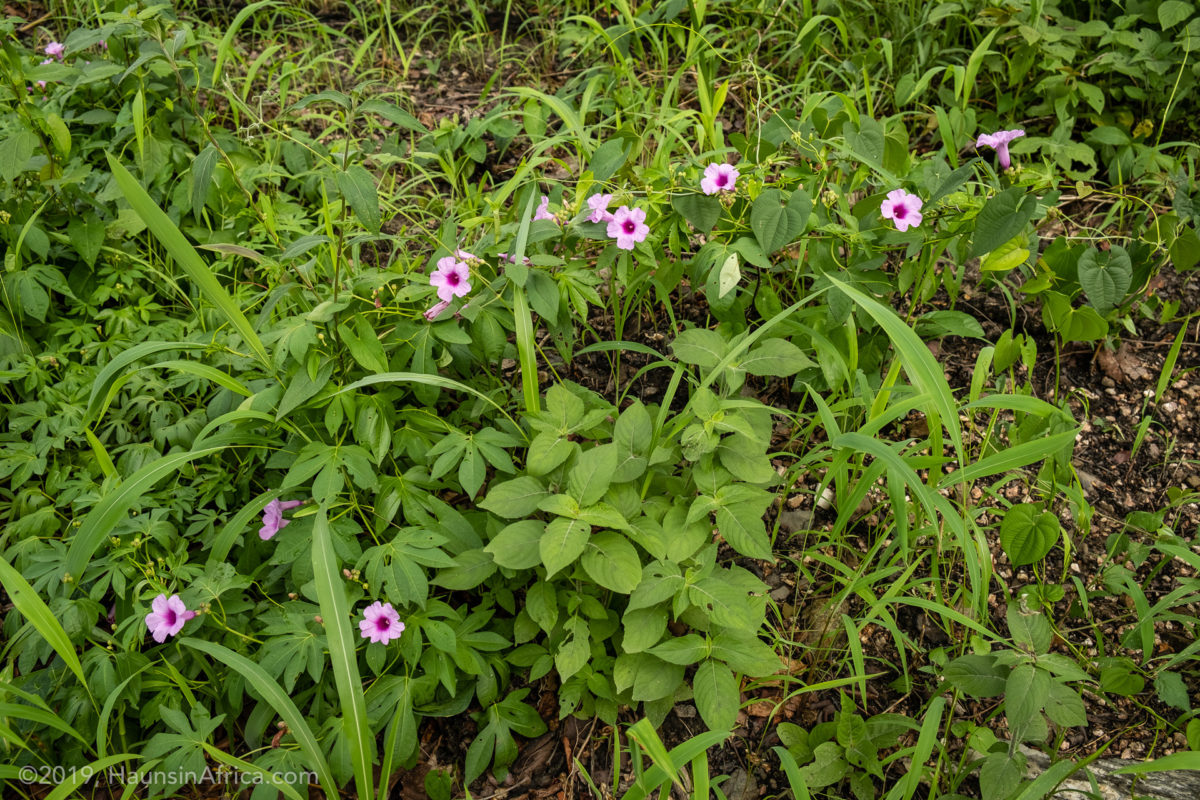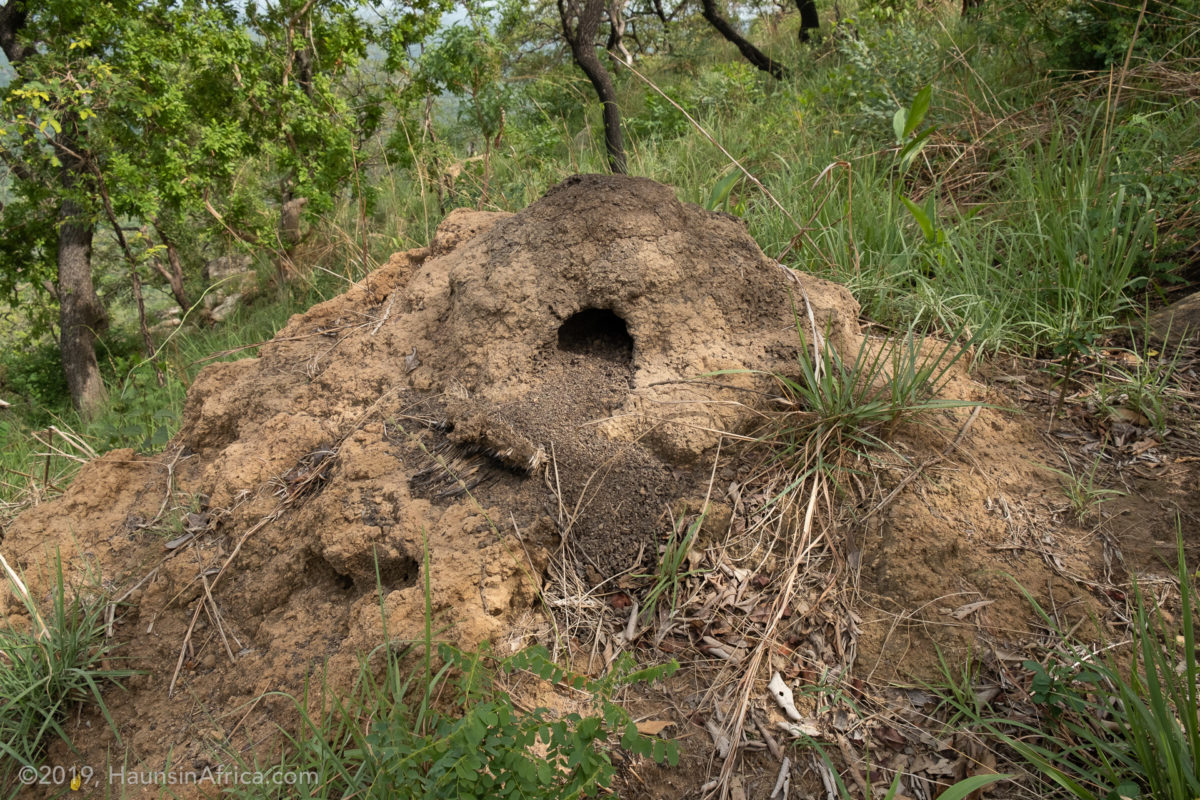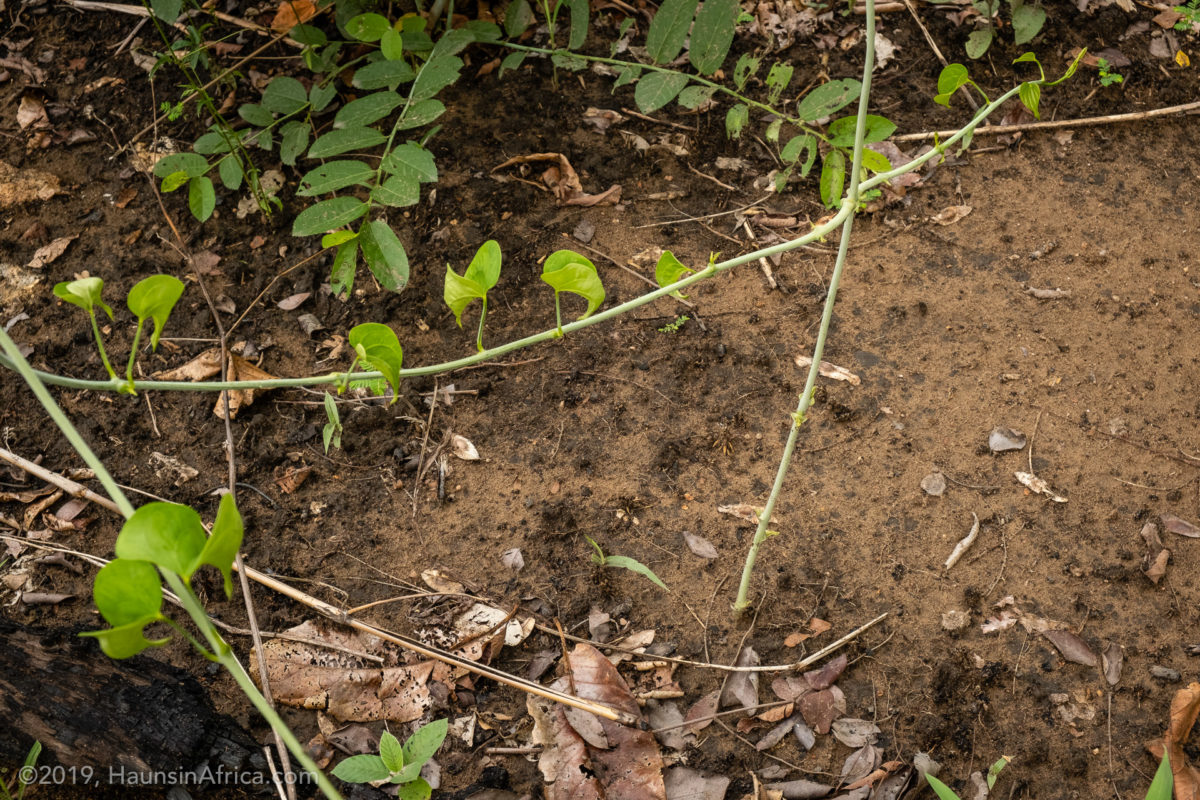Kyabobo has to be Ghana’s best kept national park secret. Unfortunately, the 222 square kilometer natural beauty is only a secret because of the abysmal conditions of the Eastern Corridor roads. Getting to Nkwanta, Ghana where the park headquarters are found is not for the faint of heart.
When I checked into the park in May 2019, I was shocked to find that their guest registry only logged about 300 visitors in the past five years! Mole National Park can have that many in a single day!
This national park was founded in 1993 after the campaigning of a U.S. Peace Corps volunteer. It was named after Mount Dzebobo, the second highest peak in Ghana, which was mispronounced and misspelled as Kyabobo when the park was created. The word “Djzebobo” means “to travel around and around in order to arrive at the top” in the local language.

I was on a road trip to Hohoe when I decided to stop in Nkwanta and pass the night at the park. I was blown away by the courtesy of the staff and the affordable accommodations. I paid a mere 50GHS to get an entire bungalow to myself that had a working fridge, stove, satellite TV, and A/C! At night it was cool and quiet with only the noise of crickets, birds, and monkeys to lull me to sleep.
The park is unique in Ghana in that 62% of its area is mountain coverage. It is also a unique blend of savanna & forest species. My guide said that the park was 55% forest and 45% savannah. Hike up one of the mountains and you can visibly see the transition from forest in the south to the savannah in the north.

There are seven different hiking trails one can take (with a park ranger as a guide) and I decided to do the “Breast Mountains” trail. It is a 3.5 km hike from the parking area (a school yard in Odome) to the lookout point on the “left breast” cleverly named “Nipple Rock.”
The scenery along the hike is wonderful and the forest is peaceful.

This park is not known for its large animals. The few in the area are hard to see due to the thick brush in the wooded areas. The red-river hog is what the park is best known for and the ranger told me that grey duiker and red-flanked duiker are fairly common. There are baboon, black and white colobus and mona monkeys living in the park’s 222km2 though the only monkey I saw was a non-native patas at the front gate that rangers had confiscated from a trader. Occasionally, elephants wander over from Togo’s nearby national park. Atop the mountain I saw lots of scat from rock hyrax (which is the animal on the park’s logo).
One of the most interesting things I learned from the park ranger was about the importance of termite mounds to the ecology of the park. The termites not only assist in the decomposition process but are a primary food source for the endangered pangolin. Long after the mound is abandoned, it is used by other wildlife as a home and nesting grounds. We even saw genet scat in one abandoned mound.
The park hosts an incredible 235 birds species and 300+ butterfly species! It was even the site of the discovery of a new butterfly species since named Kyabobo laurencis.

If you find yourself in the Oti Region, I highly recommend visiting this jewel of nature in Ghana. Currently, the main roads to Nkwanta from both the north and south are horrible. Politicians have recently vowed to restart construction efforts on the so-called “Eastern Corridor” but we’ve been hearing that promise for nearly a decade now. Let’s hope it gets finished and more people can enjoy the wooded wonder that is Kyabobo National Park.





